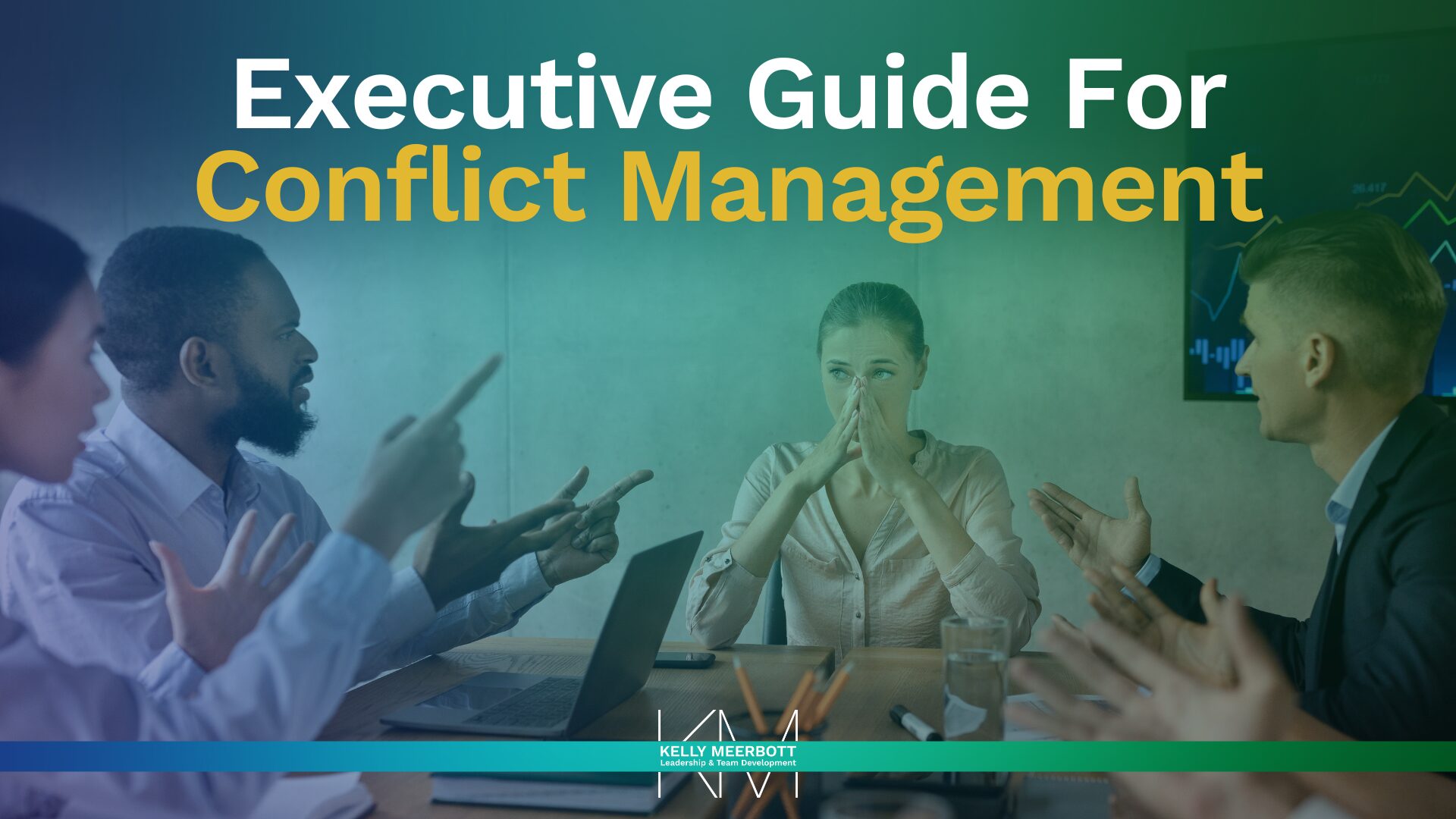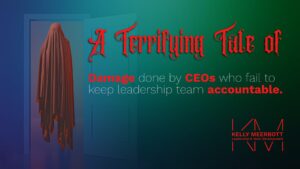Navigating conflicts and establishing common ground are essential skills for an executive. Here are strategies and tips on how to effectively manage these challenges.
Understand the Root Causes
Before addressing a conflict, thoroughly understand the underlying causes. This might involve:
Active Listening
Engage all parties in a conversation to express their points of view. Listen more than you speak to understand their concerns and motivations.
Asking Questions
Use open-ended questions to explore the reasons behind the conflict and encourage a deeper dialogue.
Acknowledge Different Perspectives
Recognizing and validating different perspectives does not mean agreeing with them but shows respect for the opinions of others. This can defuse tensions and make it easier to navigate disagreements.
Establish Common Goals
Identifying shared objectives or outcomes that all parties agree on can serve as a foundation for resolving conflicts. Emphasize how resolving the conflict will benefit everyone involved.
Use Structured Problem-Solving Techniques
Apply structured approaches like the SWOT Analysis (Strengths, Weaknesses, Opportunities, Threats). This helps in understanding all angles and implications of the conflict.
Root Cause Analysis
Drives toward the underlying causes of a conflict rather than just dealing with the symptoms.
Communicate Clearly and Transparently
Clear communication prevents misunderstandings that can escalate conflicts.
Ensure that communication is:
Consistent
Deliver the same message across all mediums and to all parties involved.
Transparent
Avoid hidden agendas. Transparency builds trust and reduces suspicions that can fuel conflicts.
Leverage Mediation Skills
Sometimes, bringing in a neutral third party can help resolve deeper disputes by providing an unbiased perspective. The mediator can facilitate a constructive dialogue and offer solutions that parties might not have considered.
Implement and Monitor Agreements
Once a resolution is reached, clearly outline the steps each party will take to implement the solution. Monitor the progress and impact of these steps to ensure the conflict does not reoccur.
Foster an Inclusive Culture
Promote a workplace culture that values diverse opinions and encourages healthy debates. An inclusive environment makes it easier to navigate future conflicts.
Personal Development
Improve your negotiation and conflict resolution skills through:
Training and Workshops
Invest in personal development courses in negotiation, mediation, and conflict management.
Feedback
Regularly seek feedback on your conflict resolution style and adapt as necessary.
Reflect and Learn from Each Conflict
Post-conflict, reflect on what was learned and how it was handled. This reflection can be crucial for personal development and for improving organizational practices.
By following these steps, executives can navigate conflicts more effectively, leading to a more harmonious and productive work environment. Each conflict presents an opportunity to strengthen team cohesion and improve organizational outcomes.
Kelly Meerbott, PCC is a renowned expert in executive leadership. 90% of Kelly’s clients achieve their goals due to the effectiveness of her methods. As a keynote speaker, author, and podcast host, Kelly continues to influence the field of executive leadership. Kelly is currently accepting new clients for 2025.
Discover how her coaching can transform your leadership journey.





